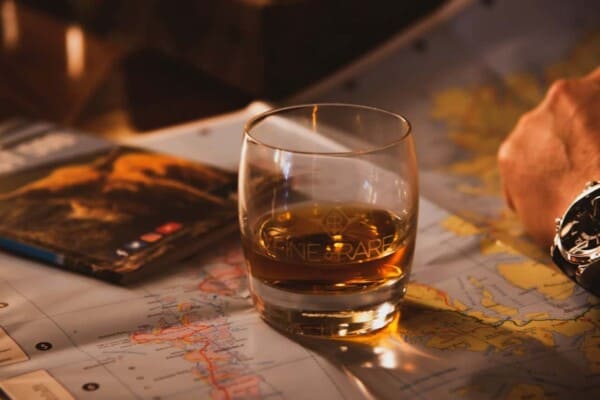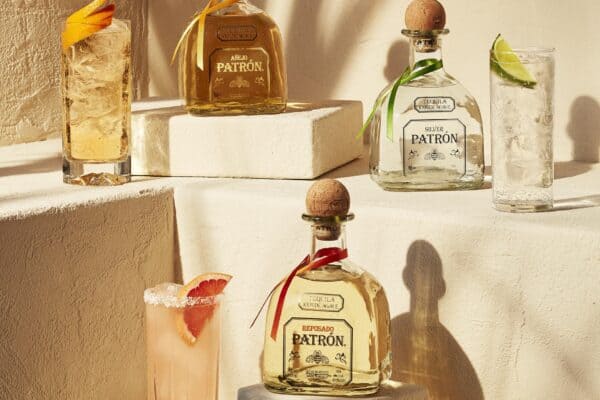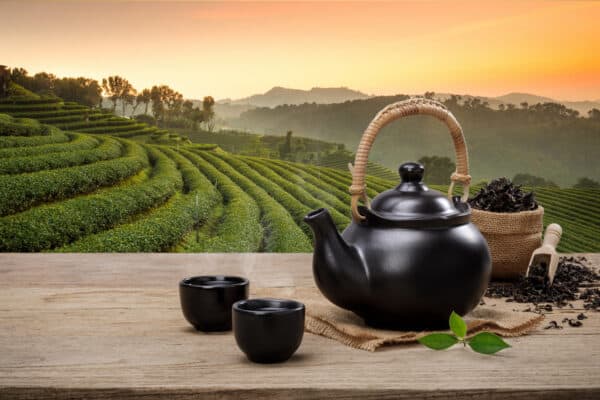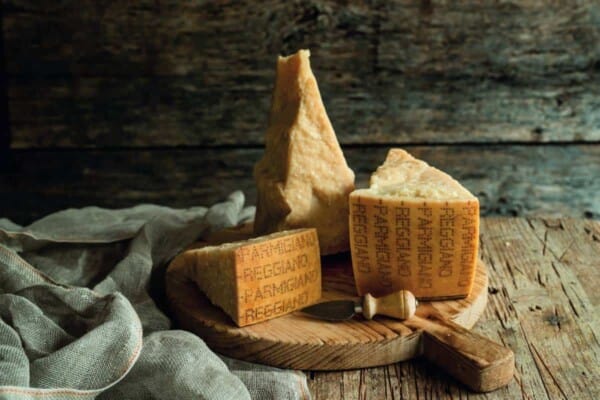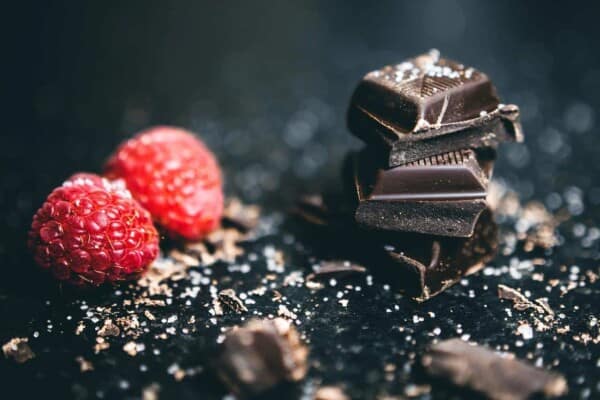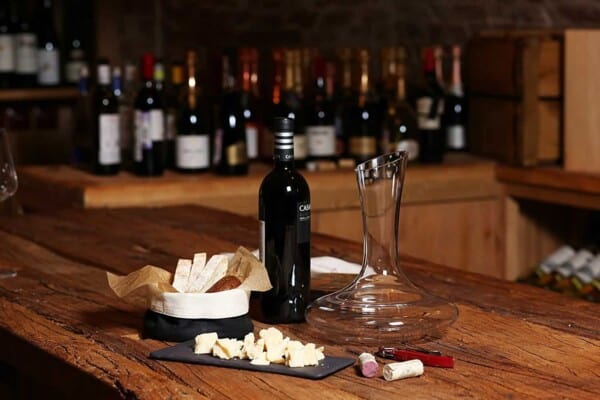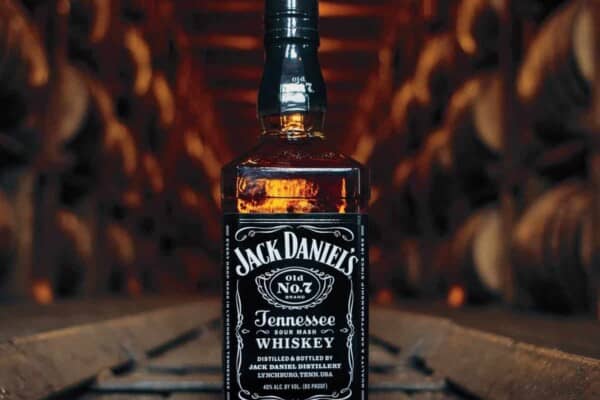
There’s whisky, and there’s whisky, and sometimes even whisk(e)y, but what’s the difference? Well, there are several types of whiskeys around, and it’s good to know what makes one different from another.
Some differences start and end with the naming, while others go deeper than that and into the mash bill. But all these differences make up for some confusion regarding what’s what, so with this article we’ll shed some light on the many different types of whisky you may find around.
There’s different ways to categorize whisky, but we’ll resume to two of the most used, by region, and by ingredients.
But first, let’s see what’s up with the spelling?
Spelling: Is it Whisky or Whiskey?

You’ve probably seen both whisky and whiskey thrown around, and that is given by who makes the drink, primarily its location, or country of origin. The United States and Ireland add the “e” in the naming, whereas Scotland, Canada, Japan, India, and generally all the other whisky producing countries do not use it.
It’s mostly a historic thing, and in the US, both spellings have been used interchangeably throughout history. Even today, while some may use whiskey for the spirit made inside of US and whisky for the spirit that’s made outside, there are some American brands that label their product whisky, without the “e”.
The institution that regulates spirit production in the US also uses the whisky spelling.
For the love of simplicity, we’ll use whisky throughout the remainder of this article, no matter where it comes from.
Types of Whisky By Region
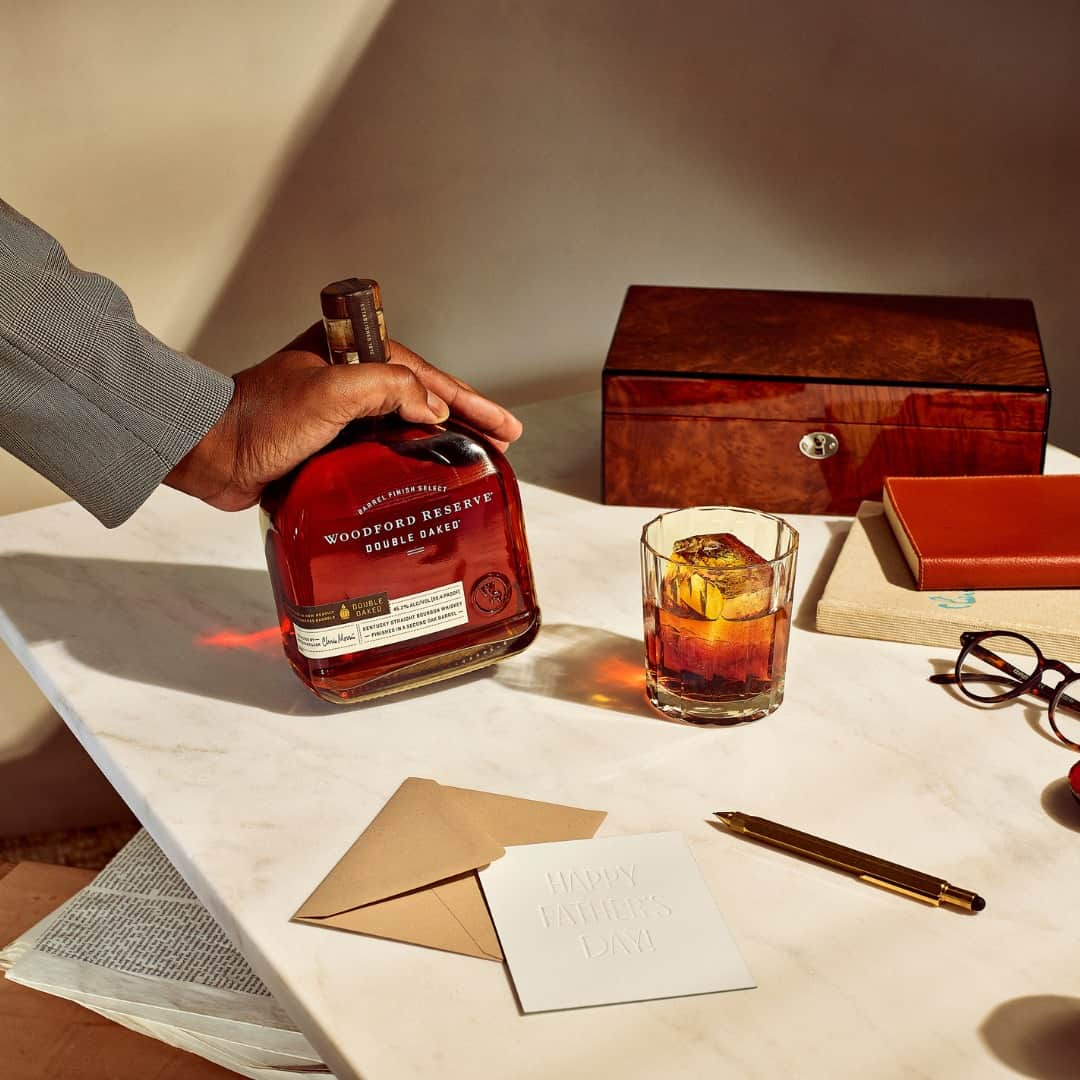
The main way to categorize whisky is by the region – usually the country, in which it’s produced.
While there are more whisky producing countries, the following ones are the most important, well known all over the world and already famous for the quality of their whiskeys.
Scotch – Scotland

Scotch whisky, or simply scotch, is whisky made in Scotland. While there may have been earlier signs of the distillation of alcohol in the world, it’s Scotland and Ireland we have to thank for this spirit, as that’s where it. Even the term whisky seems to come from a Gaelic language term, “uisge beatha”, which simply means water of life.
The requirements for a spirit to be labeled as scotch are strict. First it must come from Scotland, it has to be aged in a barrel for a minimum of three years, it has to have malted barley in its base mash, and be bottled at a minimum of 40% ABV.
There are several regions that produce whisky in Scotland, and the resulting tastes differ quite a lot, offering great varieties.
Bourbon – USA
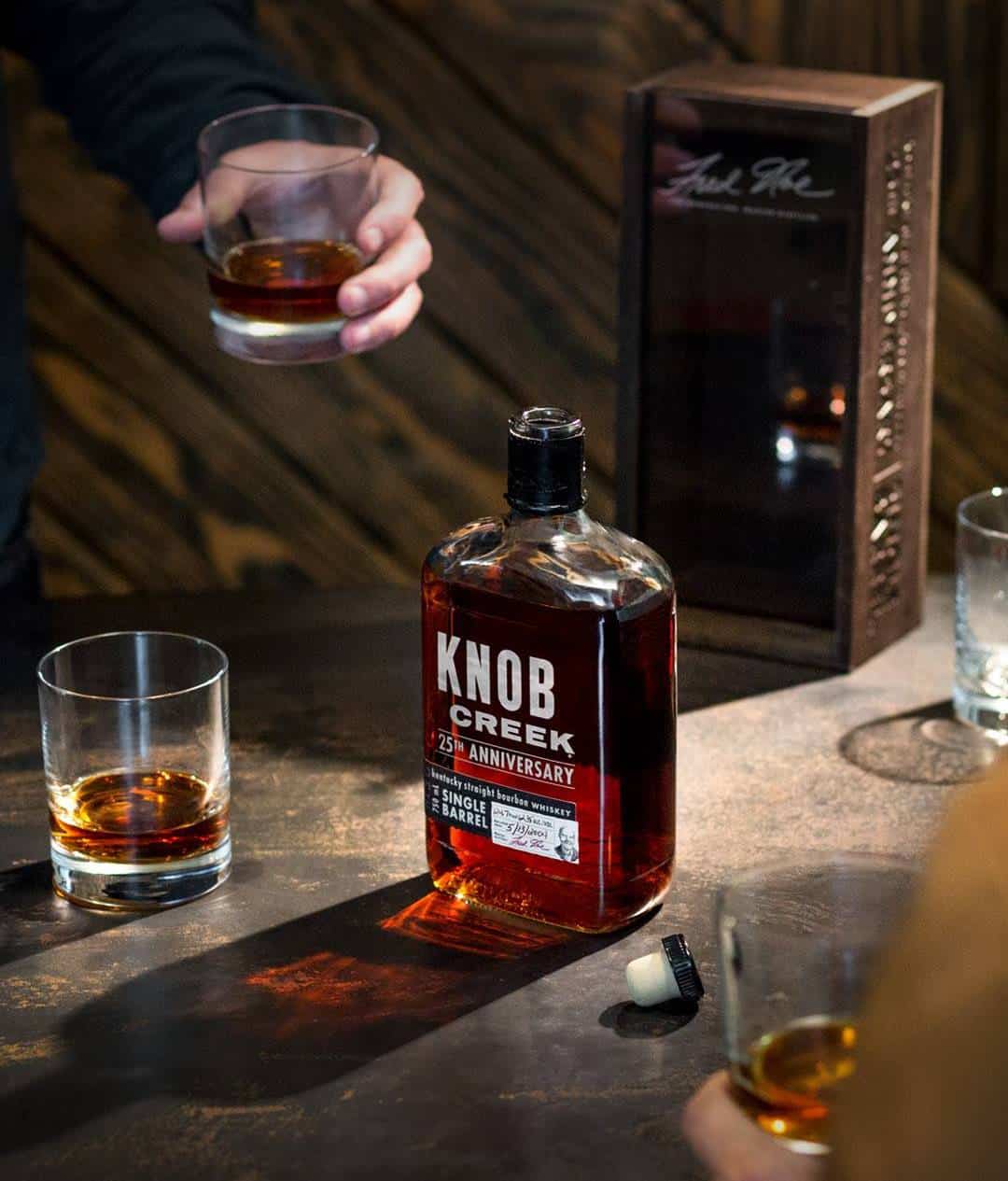
Bourbon is entirely American in nature, and comes with all the history behind it. Though most might think of Kentucky when they think of bourbon, since it was home to the original distilleries, it doesn’t have to be made in Kentucky to get that name.
The requirements are for it to be made in the US, from a mash of at least 51% corn, and then it has to be aged in new charred oak barrels for at least two years. Also, no additives are allowed to be used, so no coloring and no flavoring.
Bourbon is the largest whisky category in the US, offering great variety and a wide range of different tastes. There is no other whisky in the world that offers such a variety.
Irish Whisky – Ireland
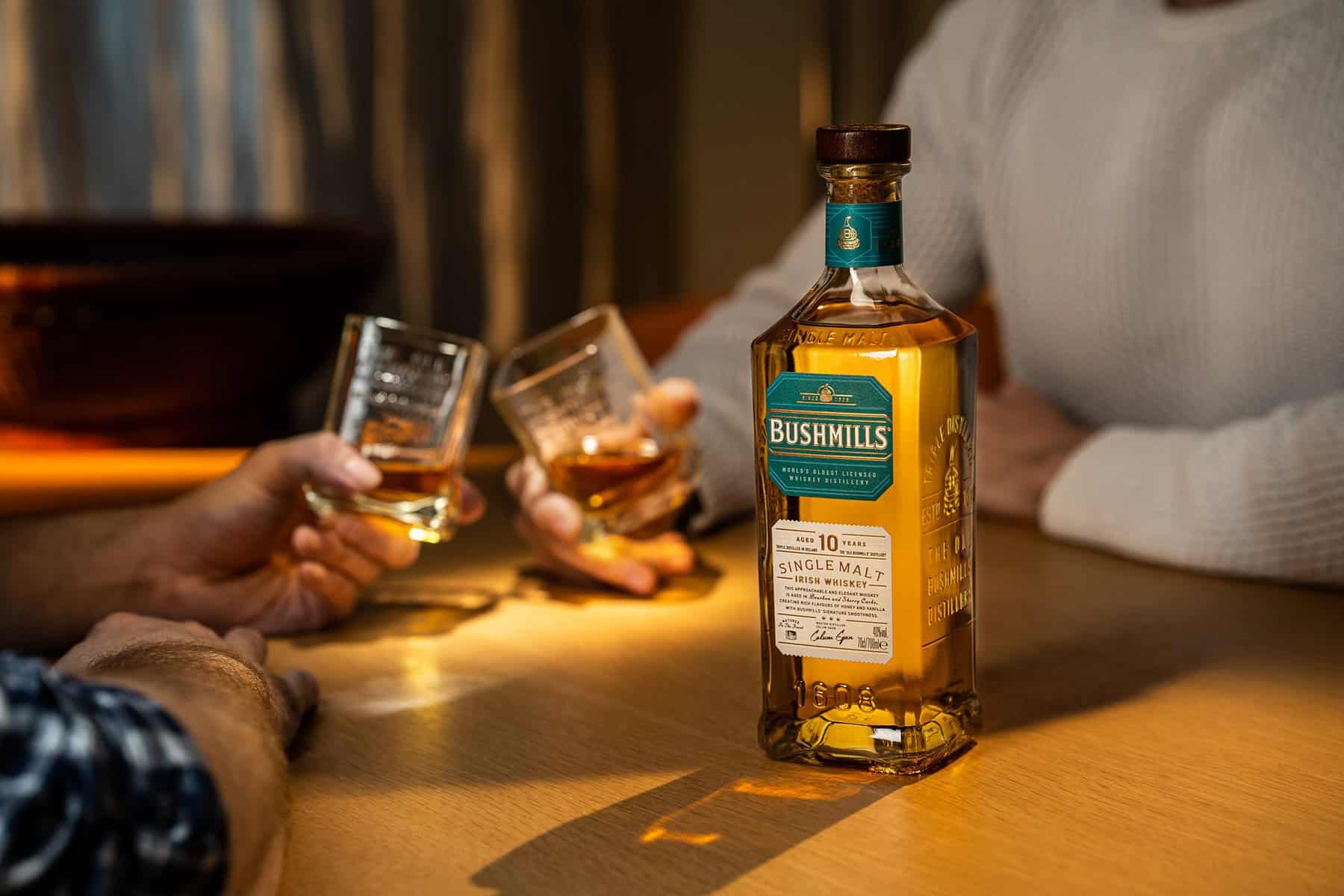
Lighter and easier to drink, Irish whisky comes of course from Ireland, a country rich in malt based whiskeys. The mash bill containing malt is one of the requirements for a spirit to be labeled Irish whisky. There can be other grains added, but all those are optional. This type of whisky also needs to be produced in Ireland or Northern Ireland only, and has to be bottled at more than 40% ABV.
Unlike other types, Irish distillers are allowed to use caramel coloring to give their whisky a deeper color. Irish whisky is aged in a wooden cask for three years, after a triple distillation process. While this is not a legal requirement, it is standard practice all over Ireland.
Canadian Whisky – Canada

As the name implies, Canadian whisky has to be produced in Canada. Unlike other types though, the requirements aren’t as strict. It has to be made from cereal grains, any grains, so not only rye as the nickname of rye whisky might suggest, and then aged for three years in wooden barrels. There’s also a minimum 40% ABV requirement for bottling it.
Canadian distillers are also allowed to add various spirits to the blend, spirits that aren’t necessarily Canadian in origin, and they can also use flavoring and coloring. Therefore, there’s more than meets the eye in Canadian whisky.
Japanese Whisky – Japan

While Japanese distilleries follow to a certain extent the model of Scottish ones, things used to be a little bit more complicated with Japanese whisky, since rules weren’t so strict, so producers could import whisky from other countries and then label it as Japanese whisky. It only had to be bottled in Japan to be called Japanese whisky.
The recently introduced regulations state that Japanese whisky had to have a base of malted barley and other grains, plus Japanese water. Also, the fermentation and distillation process must happen in Japan too. It then has to be aged for at least 3 years before being bottled at 40% ABV.
The creativity that a lack of rules from before allowed the producers to try interesting recipes will partly be gone due to these new regulations, but that shouldn’t entirely be something bad, so we’ll see how it transforms the whisky industry in Japan.
Indian Whisky – India
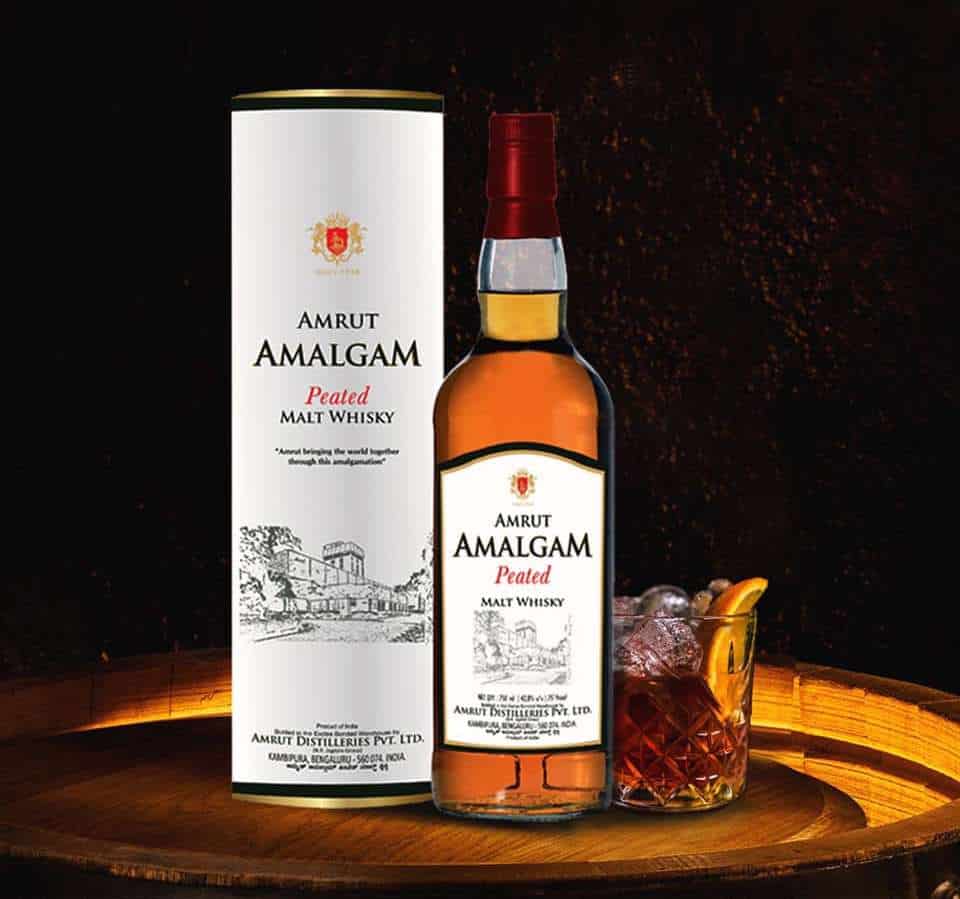
India is among the largest whisky producers in the world, with 48% of the world’s whiskies. The only downside we see to this is that most of that remains in country. Indian whisky is extremely popular in the country, but that has a lot to do with the country’s 150% import duty on external products. Nevertheless, Indian whisky is delicious.
This type of whisky is primarily made from molasses, so it has more in common with barrel aged rum than with whisky, but some producers will give more complexity to their whisky by adding malt or pre-made scotch. Whisky aging in India is also much shorter than in most other whisky producing countries since the Indian climate gives higher temperatures, making aging a lot faster.
Tennessee Whisky – USA
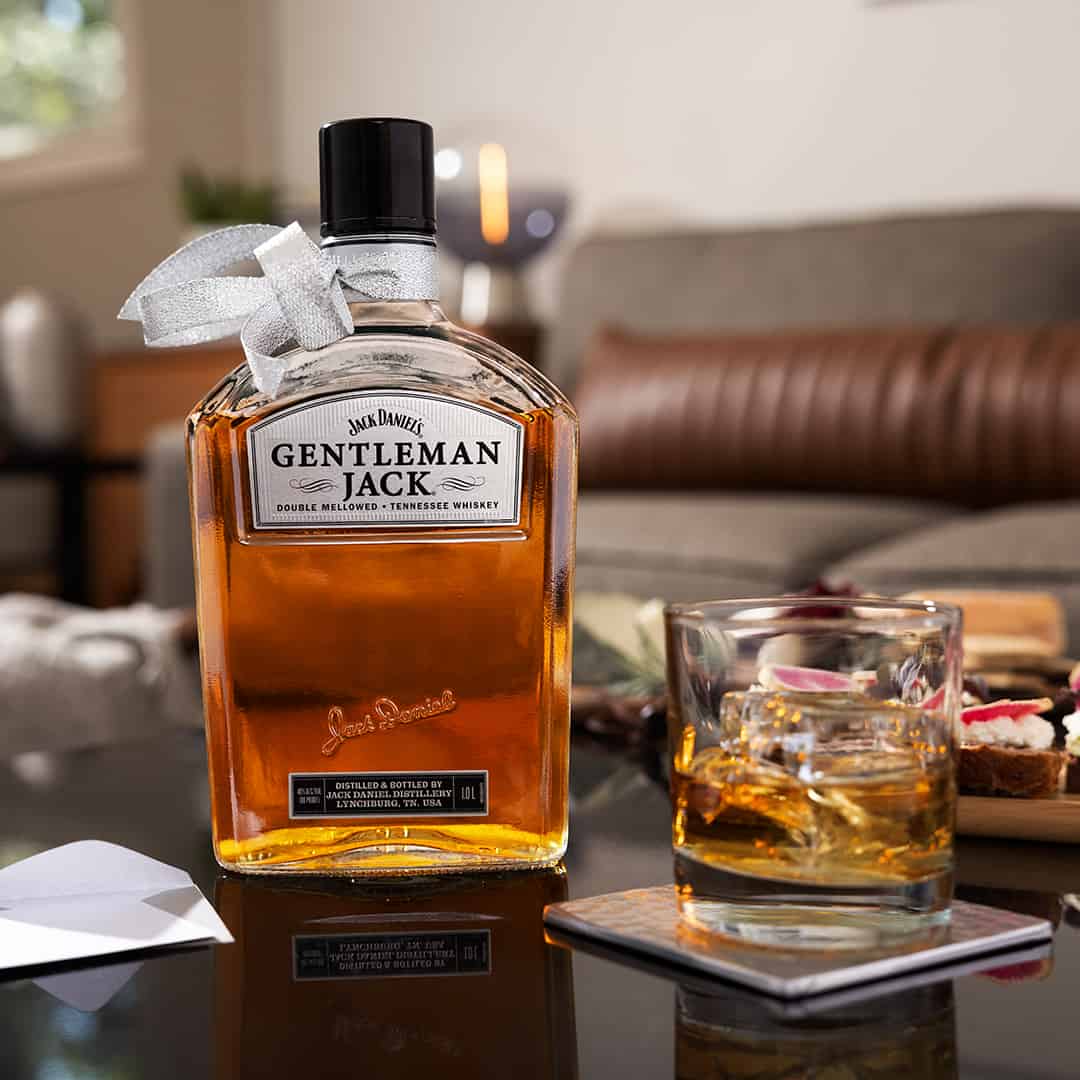
Tennessee whisky is technically still a bourbon, but made 100% in Tennessee and brings an additional regulation which states that it has to undergo a filtration process through sugar maple charcoal before being aged, a procedure called the Lincoln County Process and that supposedly gives this spirit a smoother and mellower flavor without the usual harshness of the high alcohol content.
Besides that, it respects the other regulations for bourbon produced in the United States.
Types of Whiskey By Ingredients

There are many more countries that produce whisky, but the above are the most important ones.
Besides the region categorization, whisky is also often categorized by the ingredients used in the making.
Rye Whisky

As you might expect, rye whisky has a mash bill of 51% rye, as opposed to the usual malt or barley. But rye does have some advantages as opposed to barley, for example. It was common in Europe, and immigrants who moved to the US were already familiar with it. Also, rye adapted very well to the American environment, so crops were abundant and generous.
When it comes to requirements, they are similar to those for bourbon, with a mash of 51% rye, a two year minimum aging process in charred oak barrels. The only significant difference is that rye whisky is bottled at a higher minimum alcohol, and that’s 62% ABV.
Rye whisky comes with an earthy and robust flavor profile, with a spiciness that’s not found in bourbon.
Wheat Whisky

Wheat whisky doesn’t enjoy the same popularity as other types of whiskies around, being on the lower end of the spectrum.
It comes of course with a mash bill of 51% wheat, and comes with a sweet and floral flavor profile and a nice smoothness to it.
Corn Whisky

Corn whisky is made from a mash of 80% corn. It’s typically unaged, and comes with a sweet flavor profile.
It’s mostly forgotten, but a few distilleries still produce it.
Malt Whisky

Malt whisky uses a mash of 51% malted barley, and follows the same production standards as wheat, rye, and bourbon whiskies.
Most malt whisky is scotch whisky in its essence, because scotch whisky uses primarily malt of some kind.
Single Malt Whisky

As opposed to malt whisky, single malts use 100% malted barley in their mash bill, and it’s the one that whisky purists and aficionados consider to be the best of the best.
It originated in Scotland and is produced at a single distillery. There’s also a requirement for a minimum three year aging process in oak casks. There’s also American single malt whiskies, which don’t need to follow the same Scottish regulations, but most American producers choose to do so.
Single malt whisky often comes with different characteristics depending on the region where it’s produced, adding to the popularity.
Blended Malt Whisky
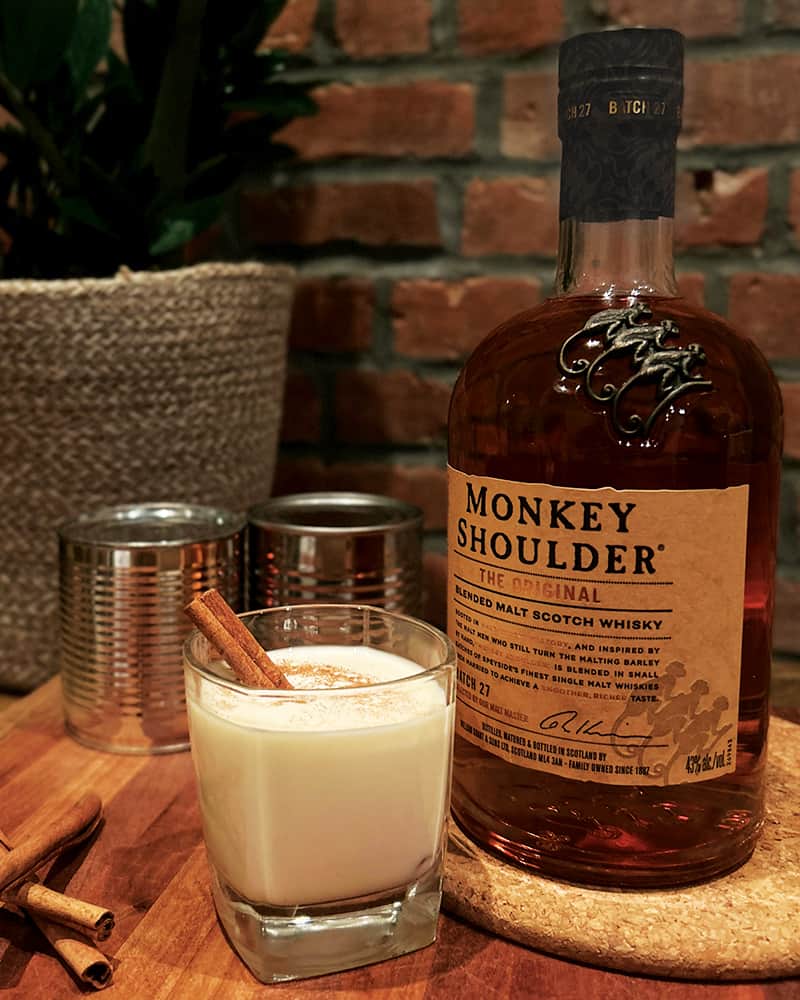
Blended malt whisky is a mix of single malt whiskies from different distilleries.
Most often, spirits labeled as malt whiskies are actually blended.
Blended Whisky
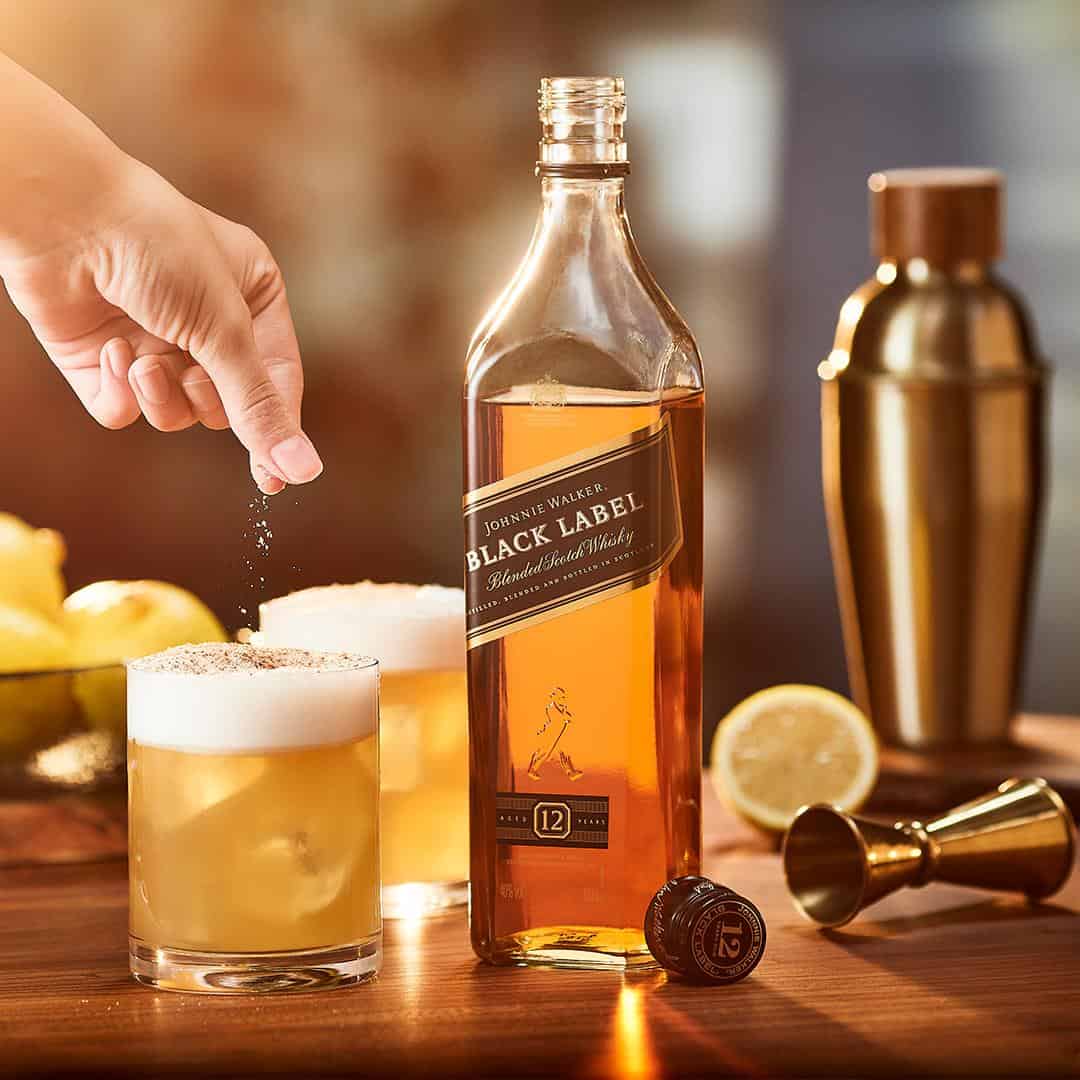
Blended whisky, though similar in naming with the above, it’s something entirely different. It’s a result of a blend between different types of whiskies, combining malted barley or single malt whiskies with different other grains, which may or may not come from different distilleries. In the United States, it can also contain other neutral spirits.
Though some consider single malt whiskies to be the creme de la creme, some bet on expert blends to bring out the best in the flavor profile of a bottle of whisky.
After starting in Scotland and spreading all over Europe during the 1860s, blending whisky has now reached the level of art, with several distilleries bringing out amazing concoctions.
Light Whisky
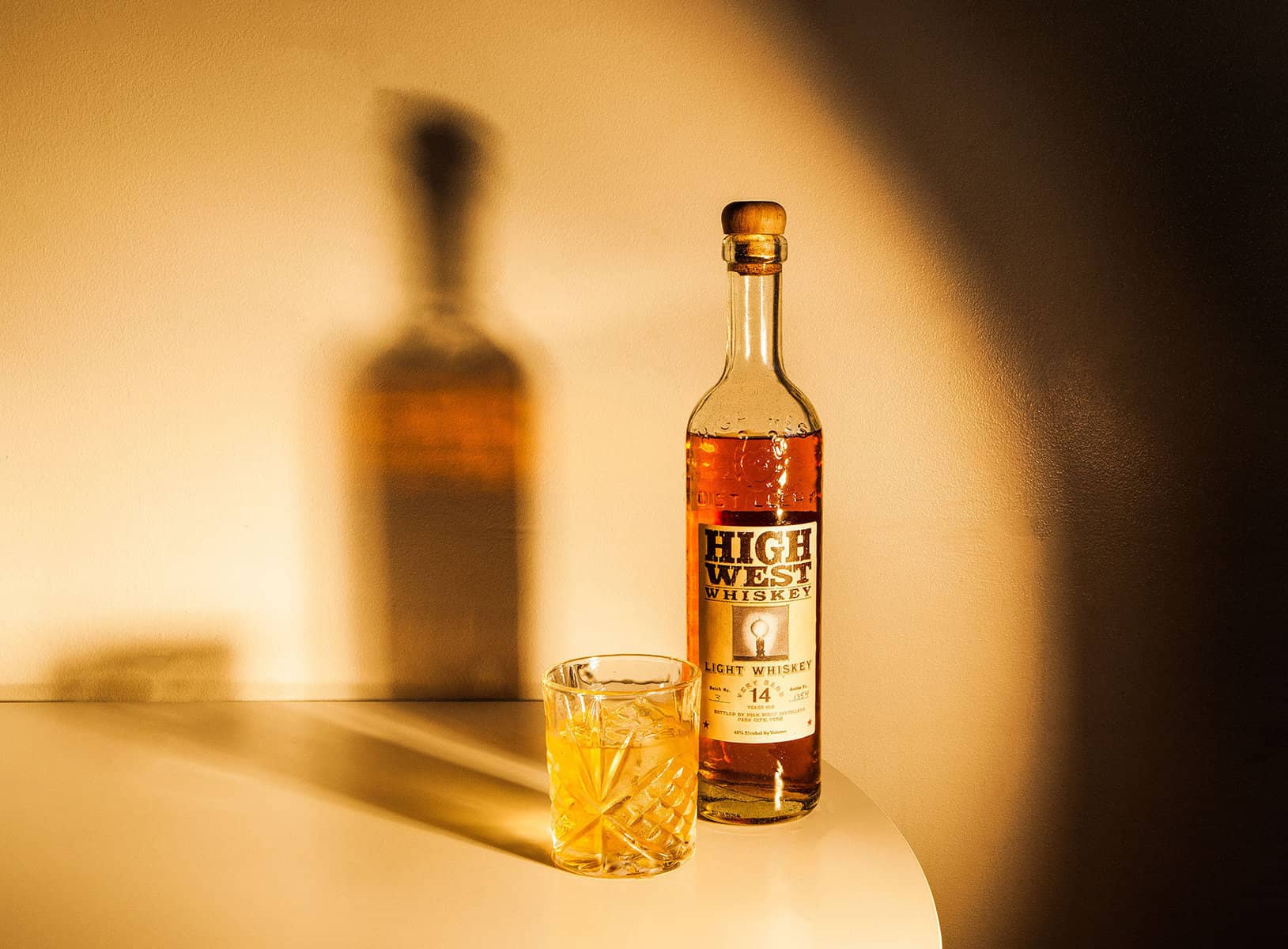
Light whisky is now a rare sight, at least as a label, but it was a thing back in the late 60s when it all started. It sits at the border between the standard whisky and a neutral grain spirit. The naming comes from its color, which is lighter than the typical whisky. It comes with less strict requirements, but it does have to be bottled at above 80% ABV and less than 95%.
Single Grain Whisky
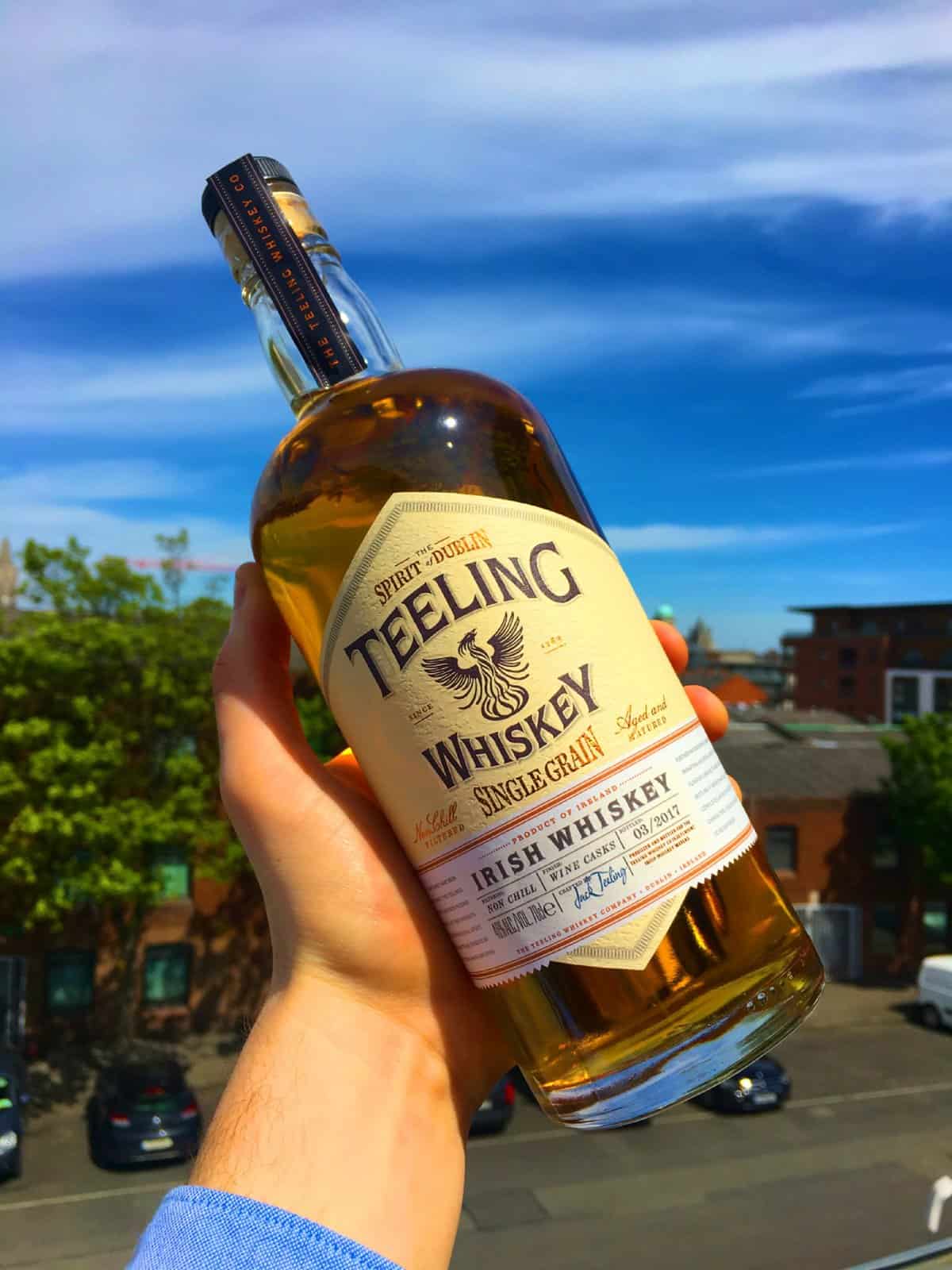
The single grain whisky is similar to the single malt whisky, only that it uses other grains in its mash bill and is required to be produced at a single distillery, like a single malt.
It’s not made from a single type of grain, as the name might make you think, as it refers to being made in a single distillery. A blend of various grains can also be used, as long as it’s all made in the same distillery.
Other Types of Whisky

Besides the above, there are some other labels and designations you may find on the market, such as cask strength or single cask, straight whisky or white whisky.
Cask strength, also known as barrel proof, is a rare designation and it refers to the whisky being bottled from the cask undiluted or lightly diluted. This process is typically reserved for only the best whiskies out there.
Single cask refers to those whiskies bottled from a single, individual cask, and that usually results in that bottles of the same whisky, from the same brand, might differ substantially in taste and flavor from one cask to another. They’re usually labeled with the barrel and bottle number.
Straight whisky simply means a whisky that is aged for at least two years. Depending on the profile of its mash bill, it can either be designated as straight rye whisky for example, if it contains at least 51% rye and has been aged for two years, or straight whisky, if it contains less than the required 51% rye to be called rye whisky, but has still been aged for two years.
Traditionally known as moonshine, white whisky is unaged whisky and comes without the colors and the flavors of other whiskies, primarily because it doesn’t sit in the barrel to acquire them. While moonshine remains illegal, white whisky is regulated, ensuring the quality of ingredients and of the final product.
Final Thoughts
The world of whisky may be a confusing one, with so many types, labels, and designations, but we hope we have provided you with a clearer understanding of it all.
Sure, these are only the main types or categories, but there are some others, more obscure ones as well, though rarely found.





